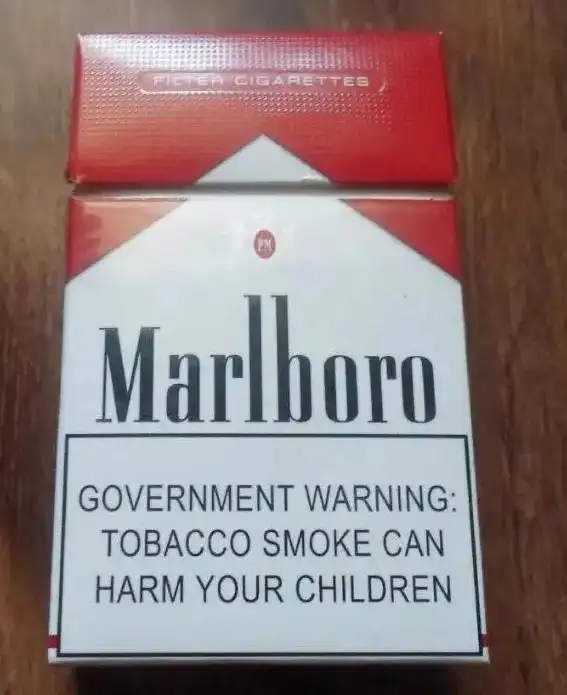The Combined Assault: How Smoking and Poor Oral Hygiene Create a Perfect Storm for Permanent Taste Bud Damage
The ability to taste is a fundamental human experience, intricately woven into our enjoyment of food, our cultural rituals, and even our survival mechanisms. Taste buds, the tiny sensory organs on our tongue and throughout the oral cavity, are remarkably resilient, regenerating approximately every 10 to 14 days. However, this natural regenerative capacity has its limits. When subjected to a sustained, synergistic attack from two major culprits—cigarette smoking and poor oral hygiene—the risk of permanent damage to these delicate structures increases dramatically. While each factor is harmful on its own, their combination creates a perfect storm that can lead to long-lasting or even irreversible impairment of taste, a condition known as dysgeusia.
Understanding the Taste Bud and Its Vulnerabilities
To comprehend how this damage occurs, one must first understand the basic biology of taste. Taste buds are not the visible bumps on the tongue (those are papillae), but rather microscopic clusters of 50-150 specialized cells housed within them. These cells include receptor cells that detect the five basic tastes—sweet, salty, sour, bitter, and umami—and basal cells, which are the stem cells responsible for the constant renewal of the taste bud. The health of this entire microenvironment is crucial. For a molecule of food to be tasted, it must dissolve in saliva, reach the taste pore on the bud, and interact with the receptor cells. Any factor that disrupts this process—whether by physically blocking the pore, altering the health of the cells, or impairing the regenerative cycle—can diminish taste sensation.
The Isolated Impact of Smoking on Taste
Cigarette smoke is a complex cocktail of over 7,000 chemicals, many of which are toxic and carcinogenic. Its assault on taste is multi-pronged.
First, there is a direct chemical effect. Tar and other particulates in smoke coat the tongue, forming a physical barrier that can clog taste pores, preventing flavor molecules from reaching the receptor cells. This leads to a immediate, though often temporary, dulling of taste. Simultaneously, harmful chemicals like hydrogen cyanide and formaldehyde can directly damage or kill the sensitive receptor cells themselves.
Second, smoking causes physiological changes. It is a known vasoconstrictor, meaning it narrows blood vessels. This reduces blood flow to the taste buds, depriving them of essential oxygen and nutrients needed for function and regeneration. Furthermore, smoking can alter the composition of saliva, reducing its quantity and quality. Since saliva is the essential solvent for taste, a dry mouth (xerostomia) significantly hampers the ability to perceive flavors.
Finally, and most critically for long-term damage, smoking interferes with the natural turnover of taste cells. Studies have shown that the toxic compounds in tobacco smoke can disrupt the cell cycle and promote apoptosis (programmed cell death) in taste buds. More insidiously, they can damage the basal stem cells. If these progenitor cells are compromised, their ability to generate new, healthy taste receptor cells is diminished. Over years of smoking, this cumulative damage can lead to a gradual, permanent reduction in the number of functional taste buds.
The Isolated Impact of Poor Oral Hygiene on Taste
Poor oral hygiene—characterized by infrequent brushing, flossing, and dental check-ups—creates a hostile environment in the mouth. The primary consequence is the buildup of dental plaque, a sticky biofilm teeming with bacteria.
The most direct link to taste impairment is halitosis, or chronic bad breath. The bacteria in plaque produce volatile sulfur compounds (VSCs) which have a foul, rotten odor. These compounds can create a persistent bad taste in the mouth, often described as metallic or bitter, which can mask or distort the actual taste of food.
More seriously, unchecked plaque hardens into tartar (calculus), leading to gingivitis (gum inflammation) and its advanced stage, periodontitis. This is a chronic inflammatory disease where the body’s immune response to bacterial infection starts to destroy the supporting structures of the teeth, including the gums and bone. This state of chronic inflammation releases a flood of cytokines and other inflammatory mediators into the oral tissues. This inflammatory milieu is toxic to delicate cells, including those within taste buds, and can inhibit their proper function and regeneration.

Furthermore, conditions like oral thrush (a fungal infection) or severe dental caries (cavities) that thrive in a neglected mouth can directly affect the tongue's surface and taste buds, causing burning sensations and taste alterations.
The Synergistic Catastrophe: Smoking Meets Poor Oral Hygiene
When smoking and poor oral hygiene coexist, their effects are not merely additive; they are synergistic, each exacerbating the damage caused by the other.
-
Accelerated Periodontal Disease: Smoking is one of the most significant risk factors for periodontitis. It weakens the immune system's response in the gums, making it harder to fight off the bacterial infections caused by poor hygiene. Consequently, a smoker with poor oral hygiene will develop more severe periodontal disease, much faster than a non-smoker with the same hygiene habits. This means a more intense and widespread state of inflammation, causing greater collateral damage to taste buds.
-
Compromised Healing and Regeneration: Smoking’s vasoconstrictive effects impair blood flow, which is essential for healing inflamed gum tissue and for supplying nutrients to taste buds. In a mouth already battling a bacterial infection due to poor hygiene, this lack of blood flow cripples the body’s ability to repair itself. The basal stem cells of the taste buds, already under attack from smoke toxins, now have to survive in an inflamed, nutrient-deprived battlefield.
-
A Vicious Cycle of Sensory Dulling: The combined coating of tar from smoke and a thick bacterial biofilm from poor hygiene creates an almost impenetrable barrier over the taste buds. This physical blockage is far more significant than either factor alone. As taste perception declines, individuals may find themselves adding excessive salt or sugar to food to compensate, dietary choices that can further exacerbate oral health problems. The loss of taste can also reduce the pleasure derived from eating, potentially leading to poor nutrition, which in turn weakens the body’s overall ability to maintain healthy tissues.
Can the Damage Be Permanent?
The human body possesses an incredible capacity for healing. Upon quitting smoking and instituting rigorous oral hygiene, many of the effects can be reversed. Blood flow improves, the coating on the tongue clears, and inflammation from gingivitis subsides. Taste buds can begin to regenerate, and many people report a significant return of their sense of taste within weeks or months.
However, permanence becomes a real risk when the damage reaches a critical threshold. If the basal stem cells of the taste buds have undergone irreversible genetic damage or have been depleted over decades of abuse, their regenerative capacity may be lost forever. Similarly, if periodontal disease has caused significant and irreversible destruction of the oral structures, the chronic inflammatory environment may persist even after quitting smoking, continuing to suppress taste function. In such cases, while some improvement may occur, a full return to a pre-damage level of taste acuity may not be possible.
In conclusion, the evidence strongly suggests that smoking, when combined with poor oral hygiene, significantly increases the risk of permanent taste bud damage. They operate in a vicious partnership: poor hygiene creates a diseased, inflamed environment, while smoking delivers toxic chemicals, reduces healing capacity, and directly attacks the very cells responsible for taste regeneration. Protecting the sense of taste is not just about avoiding a single bad habit; it requires a comprehensive commitment to oral health, steering clear of tobacco, and maintaining meticulous hygiene to ensure that the simple, vital pleasure of a meal remains intact for a lifetime.











